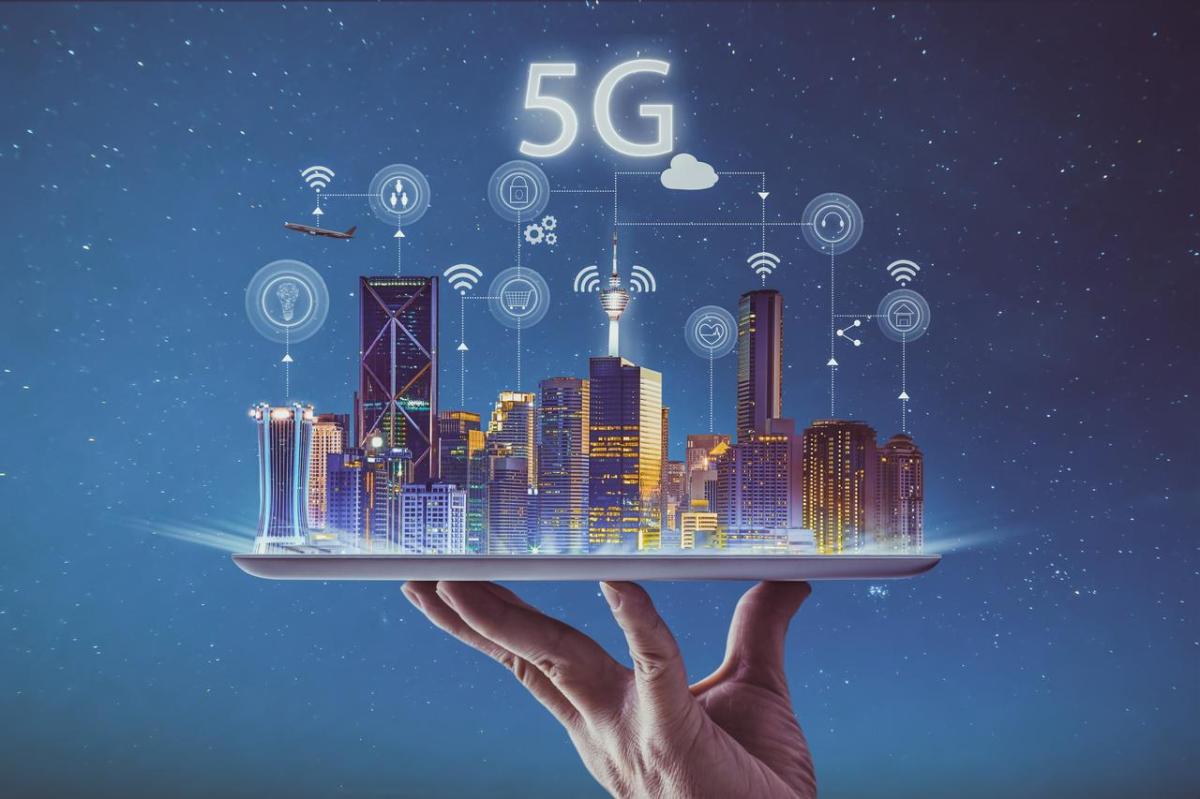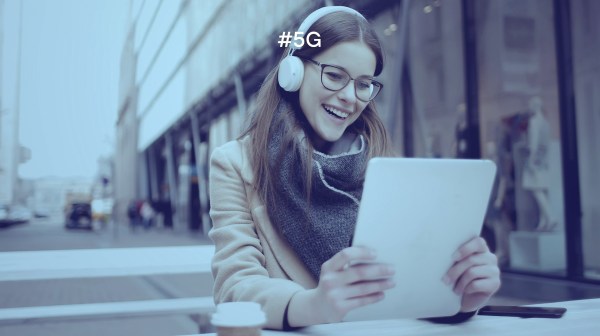The latest generations of mobile networks, especially 5G, are altering many aspects of society. One of the biggest beneficiaries has undoubtedly been the medical sector, which has been able to bring its value directly to the public by enabling the development of telemedicine. Telemedicine, or remote medical care, harnesses all this technological potential to improve healthcare and also its accessibility.
In Spain, 5G currently covers more than 80% of the national territory. The high deployment multiplies the capacity of information highways and makes it possible for everyday objects, from buses to automatic watering systems, to connect in real time (with people and with each other).
However, in the field of medicine, its deployment provides greater accessibility to quality medicine, with a focus on rural or hard-to-reach areas. It is also paving the way for pioneering interventions, such as tele-assisted surgery, a trial of which at the Hospital Clinic in Barcelona was the first ever carried out.
The benefits of 5G in medicine
The use of the next-generation mobile network brings on a new horizon for the medical sector, from telemedicine to Artificial Intelligence-related innovations for surgical procedures. It is also a great resource when it comes to contributing high volumes of data towards the early detection of diseases (and even rare diseases) to the prediction of their outcomes.
One of the most important features of 5G technology is that the virtually no latency means it can work in real time, which benefits patients who can undergo remote operations, following the instructions of a specialist who may indeed be located thousands of kilometres away. Its capacity and power also make it possible to implement innovations such as robotics or Artificial Intelligence during surgical procedures.
Another example is the programme developed in Catalonia, where a system has been implemented to equip ambulances with 5G so that paramedics can receive remote support from specialised doctors anywhere. This is already happening today, and it is something that has made it a tool that improves people’s quality of life (and even save lives) and would not be possible without the union of 5G and telemedicine.
What does 5G bring to telemedicine?
Speed. 5G allows browsing at up to 10 Gbps (gigabytes per second), 10 times faster than fibre optics, which enables real-time connections, or in other words, the possibility of being able to operate on a patient thousands of kilometres away, as their indications will arrive immediately, with no lag time.
And let’s not forget that this technology can exponentially increase the number of connected devices (more than 7 trillion devices connected at once), and have them share information instantaneously. This is very useful, for example, for surgical robots.
While not everything in the future will be remote medicine, it will be a model that closely supports many specialities. In addition, it is an important tool for doctors and scientists as it provide for the fast and reliable exchange of information on diagnoses, treatments, as well as a source of knowledge for new research thanks to the combination with other technologies such as Big Data, which helps to collect and analyse thousands of data for access by healthcare professionals.
Recent experiences of remote surgeries
Altice Portugal and the Champalimaud Foundation recently carried out the first real-time breast cancer surgery with 5G technology and Augmented Reality between Spain and Portugal, in an operating theatre located in the Portuguese capital, and followed live from Zaragoza. The advanced technology of the mobile network has overcome the 900 km distance between the two cities and enabled communication between the surgeons responsible for the intervention.
This example perfectly illustrates the potential of the practical application of 5G and telemedicine in people’s health and well-being.
Other mobile network applications in telemedicine
Rapid technological development and connectivity have made certain advanced procedures in medicine a reality. Thus, by combining the latest generation mobile network with other cutting-edge technologies such as Edge Computing and Virtual Reality, VR, its application in physical and cognitive rehabilitation for patients with multiple sclerosis is already possible.
For example, companies such as Telefónica have empowered ophthalmology diagnostics by creating a tele-ophthalmology service called Ocuexplorer 5G. It is a tool to assist ophthalmologists based on new optical technologies, tele-control techniques, 5G communications and Artificial Intelligence to help in the prevention and diagnosis of eye disease. This device will make the most advanced ophthalmology accessible to groups that cannot currently access these services easily and provide ophthalmologists with a tool.








